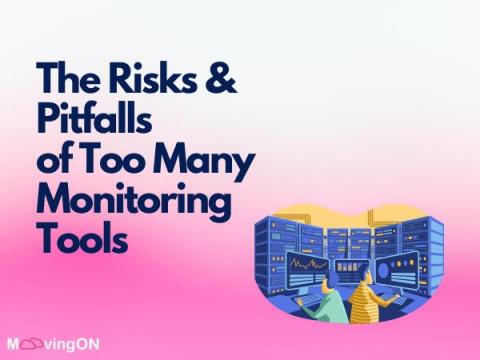Operations | Monitoring | ITSM | DevOps | Cloud
Observability
The latest News and Information on Observabilty for complex systems and related technologies.
User Experience Monitoring with Elastic Observability Synthetics
The Risks and Pitfalls of Too Many Monitoring Tools
If you are like most organizations, your technology environment is a complex mixture of tools needed to run your business. In this environment, monitoring and observability are critical to making sure everything is running smoothly. You use monitoring tools to measure server resources, log-parsing tools for troubleshooting, application tools to observe application performance, and audit-request tools to comply with regulations. While these are all valid observability needs, there are risks to overdoing it by introducing too many tools. Here are some ways to avoid monitoring proliferation when developing your observability strategy.
Level Up Your Observability Game With the Cribl Suite of Products: All About Our 4.1 Release
After our recent company-wide offsite in New Orleans, the Cribl employees are feeling like they’ve leveled up in more ways than one. Not only did we indulge in delicious beignets and king cakes, but we also came back motivated to create some kick-ass new product features with our 4.1 release. It’s like we soaked up all the good vibes and brought them back with us.
Observing an application with Elastic Observability APM
Easily configure Elastic to ingest OpenTelemetry data
SaaS Observability Platforms: A Buyer's Guide
Observability is the ability to gather data from metrics, logs, traces, and other sources, and use that data to form a complete picture of a system’s behavior, performance, and health. While monitoring alone was once the go-to approach for managing IT infrastructure, observability goes further, allowing IT teams to detect and understand unexpected or unknown events.
How Do We Cultivate the End User Community Within Cloud-Native Projects?
The open source community talks a lot about the problem of aligning incentives. If you’re not familiar with the discourse, most of this conversation so far has centered around the most classic model of open source: the solo unpaid developer who maintains a tiny but essential library that’s holding up half the internet. For example, Denis Pushkarev, the solo maintainer of popular JavaScript library core-js, announced that he can’t continue if not better compensated.
Platform Engineering Is the Future of Ops
How We Define SRE Work, as a Team
Last year, I wrote How We Define SRE Work. This article described how I came up with the charter for the SRE team, which we bootstrapped right around then. It’s been a while. The SRE team is now four engineers and a manager. We are involved in all sorts of things across the organization, across all sorts of spheres. We are embedded in teams and we handle training, vendor management, capacity planning, cluster updates, tooling, and so on.











